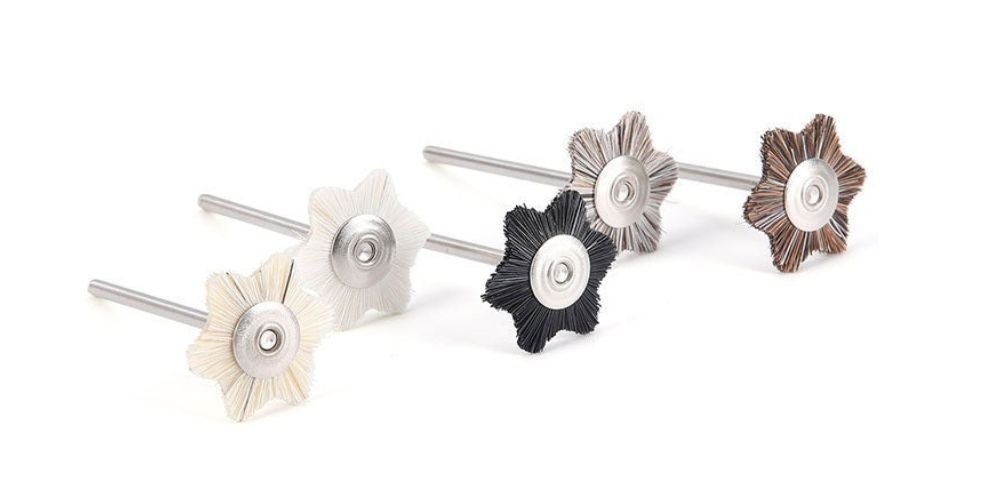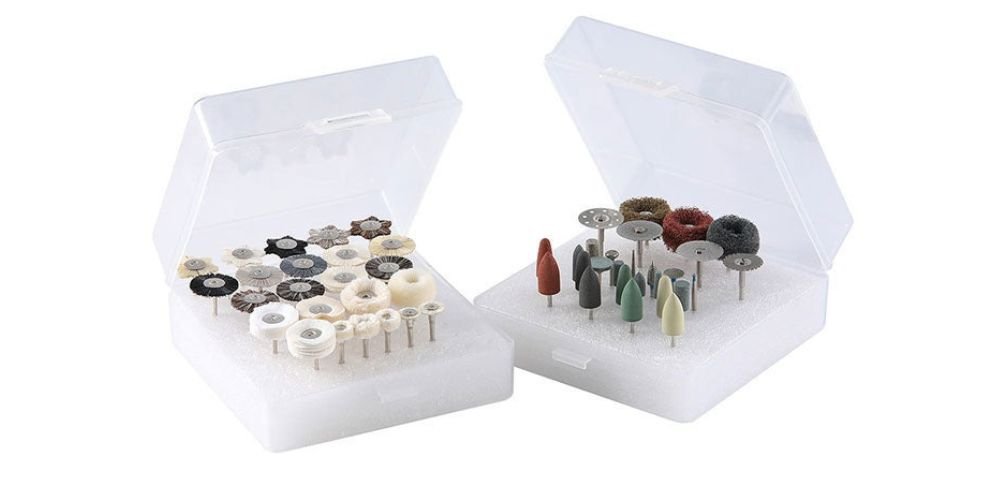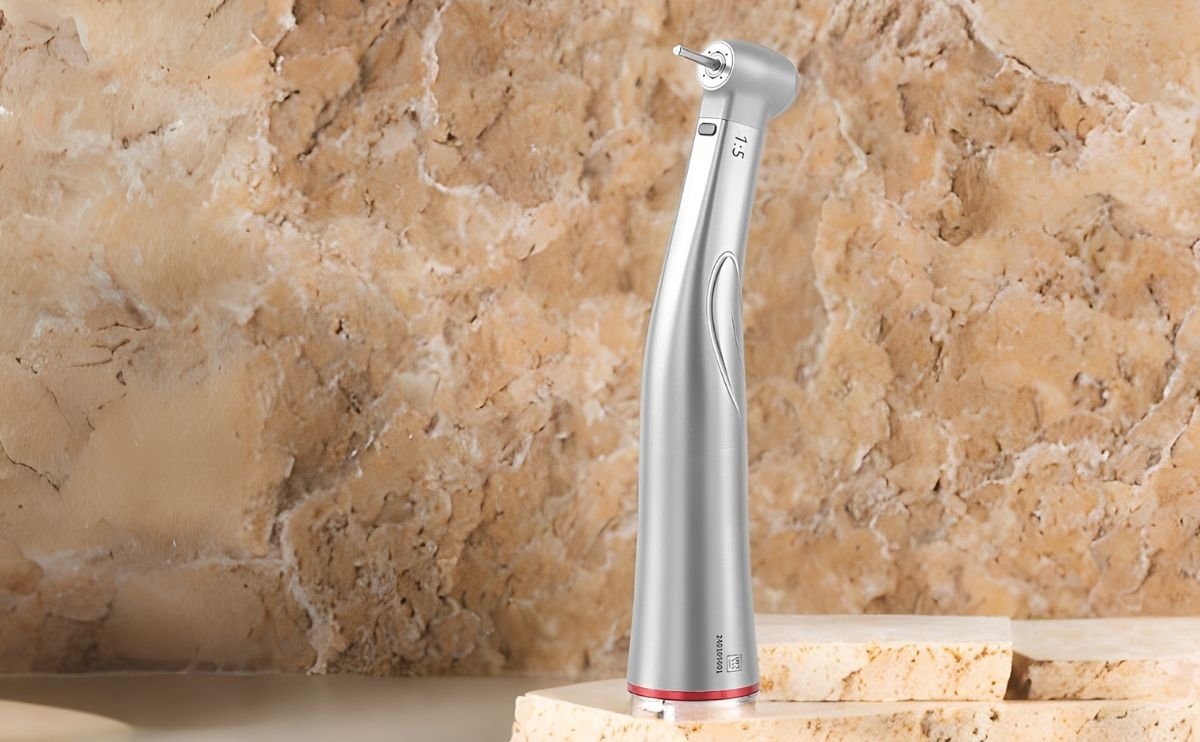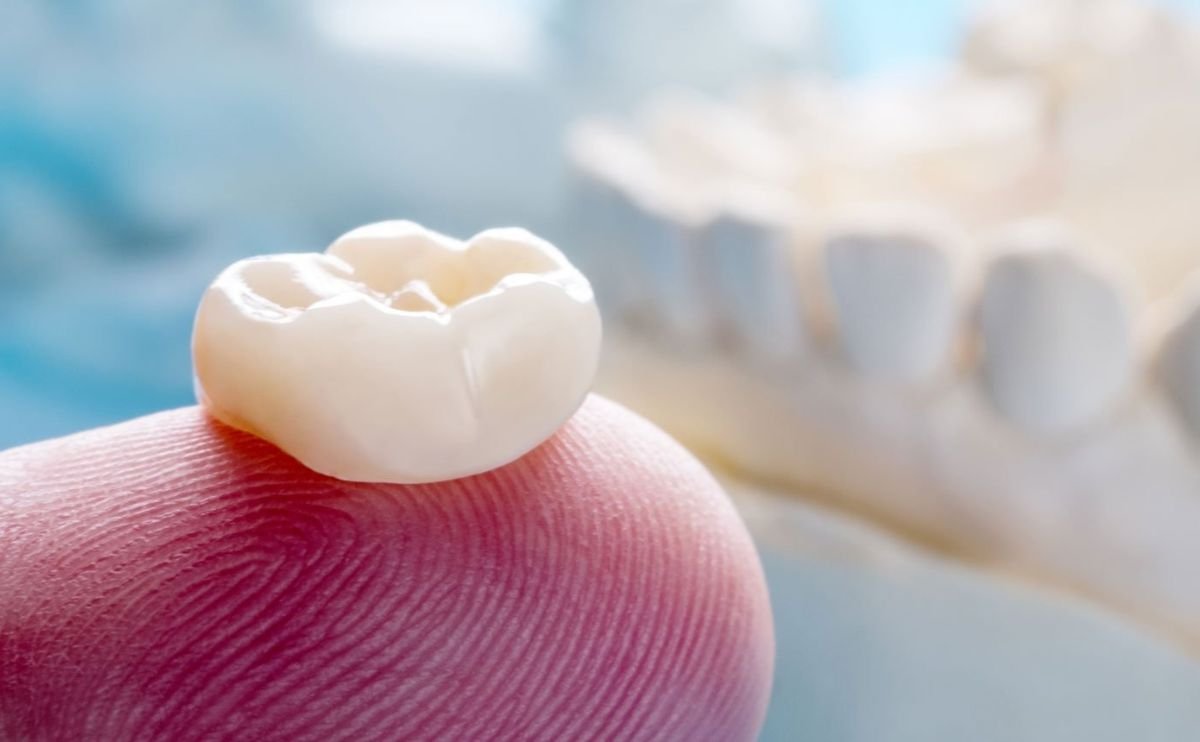Choosing the Right Polishing Kit for Each Type of Composite

Temporary fillings are essential tools in modern dentistry, used in a variety of clinical situations—from emergency care to multi-step procedures. Choosing the right temporary filling material isn’t just about sealing the cavity; it’s about providing comfort, protection, and long-term stability until the final restoration is completed.
Here’s a guide to help dental professionals select the most appropriate materials for temporary fillings, based on clinical needs and material properties.
When Are Temporary Fillings Needed?
Temporary restorations are typically used in these situations:
After endodontic (root canal) treatment
Between appointments for indirect restorations (inlays, crowns)
For stepwise caries removal
As an emergency measure to relieve pain or sensitivity
Each clinical case may call for a different temporary solution based on factors like location, occlusal load, moisture control, and how long the material needs to stay in place.
Main Types of Temporary Filling Materials
1. Zinc Oxide-Eugenol (ZOE) Based Materials
Ideal for: Sedative temporary fillings in posterior teeth
Pros: Soothing effect on the pulp, easy to apply and remove
Cons: Lower strength; not suitable for long-term restorations or areas under heavy bite force
Best for: Deep caries, endo access closure
2. Zinc Phosphate and Zinc Polycarboxylate-Based Cements
Ideal for: Temporary luting of crowns or bridges
Pros: Stronger and more durable than ZOE
Cons: Less sedative effect, may require more careful handling
3. Glass Ionomer-Based Temporary Materials
Ideal for: Intermediate restorations with fluoride release
Pros: Adhesion to tooth structure, fluoride release, better strength
Cons: Slightly more technique-sensitive
Best for: Pediatric dentistry, caries management, longer-term temporary fillings
4. Temporary Composite and Resin-Based Fillings
Ideal for: Cosmetic temporaries and situations requiring superior aesthetics
Pros: Good marginal seal, high strength, polishable surface
Cons: Higher cost, sometimes harder to remove
Best for: Anterior teeth or aesthetic zones
Key Factors to Consider When Choosing
1. Duration of Use
Short-term (1–2 weeks) → ZOE or reinforced ZOE
Mid-term (2–6 weeks) → Glass ionomer or resin-modified
Long-term (6+ weeks) → High-strength composites or resin-based
2. Location in the Mouth
Posterior teeth → Stronger, wear-resistant materials
Anterior teeth → Aesthetic, polishable materials
3. Moisture Control
In difficult isolation cases (e.g., pediatric or emergency care), use materials that are moisture-tolerant, such as ZOE or glass ionomer.
4. Pulpal Status
For sensitive or inflamed pulps, ZOE materials offer a sedative effect and are often preferred.
Common Mistakes to Avoid
Using weak temporary material for high-load areas → leads to fracture or leakage
Not checking occlusion → can cause discomfort or dislodgement
Leaving the restoration too long → temporary materials degrade over time and may cause microleakage
Shop Smart: Stocking the Right Temporary Materials
Temporary fillings are more than placeholders—they protect the tooth, help manage patient comfort, and lay the groundwork for successful permanent restorations. By choosing the right material for each case, you ensure clinical success and patient satisfaction.
Choosing the Right Polishing Kit for Each Type of Composite
Polishing is a crucial final step in restorative dentistry—it not only improves the aesthetic appearance of a composite restoration but also enhances patient comfort and prolongs the restoration’s life. However, not all polishing kits are the same, and the type of composite material used in the procedure greatly influences which system will deliver the best results.

1. Nanohybrid Composites
About: Nanohybrid composites are widely used due to their balance between strength and aesthetics. They contain nano-sized particles and larger fillers for polishability and durability.
Recommended Polishing Kits:
Multi-step diamond-impregnated discs or spirals
Rubber polishers with aluminum oxide or diamond paste
Brushes for final gloss (goat hair or synthetic)
Use multiple grits—medium, fine, and extra-fine—for optimal gloss and surface smoothness.
2. Microhybrid Composites
About: Microhybrids are versatile and offer good strength, but they may require more effort to achieve a high-gloss finish due to their larger particle size.
Recommended Polishing Kits:
Four-step disc systems
Polishing cups and points with diamond abrasives
Finishing burs for contouring before polishing
Start with carbide burs for contouring, then move through medium to superfine abrasives.
3. Microfilled Composites
About: Known for their superior polishability, microfilled composites are often used in anterior restorations where gloss is a top priority.
Recommended Polishing Kits:
Ultrafine diamond or aluminum oxide paste
Soft felt wheels or foam polishers
Polishing brushes or microfiber cups
Polish gently with minimal pressure to avoid damaging the soft resin matrix.
4. Bulk-Fill Composites
About: Bulk-fill composites are designed for posterior restorations and may not polish as easily as esthetic composites, but smoothness is still important for hygiene and longevity.
Recommended Polishing Kits:
Two-step rubber polishers for speed and efficiency
Diamond-impregnated cups or spirals
Final gloss paste if aesthetics are critical
Because aesthetics are less critical posteriorly, focus on smooth surfaces to reduce plaque retention.
















